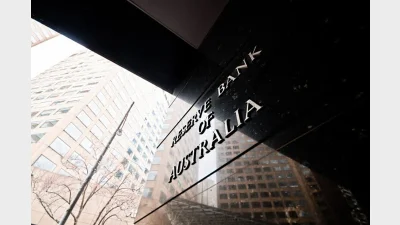Super retirees opt for pensions



Retirement-aged super fund members are withdrawing less of their retirement savings as lump sums while the number of pension payments has increased, according to the Australian Prudential Regulation Authority's (APRA's) 2012 annual superannuation bulletin.
APRA said the proportion of retirement-age vested benefits paid as pensions increased from 4.3 per cent in 2005 to 5 per cent in 2012, while the proportion of retirement age benefits paid as a lump sum decreased from 12.7 per cent to 8 per cent over the same period.
Consolidation and super fund exits have increased the number of funds that offer a pension from 35 per cent of funds covering 66 per cent of members in 2005 to 80 per cent of funds covering 99 per cent of members in 2012.
Although super fund members have gained greater access to pension payments, the bulletin revealed large variants in pension payments.
The average pension payment increased by 24 per cent from $13,500 per annum in 2005 to $16,700 per annum in 2012. However, defined benefit members' pension payments were $28,600 at June 2012, compared to $14,300 for an accumulation member moving into retirement.
Pension payments decreased for accumulation fund members from 2008 to 2010, while pension payments for defined benefit members remained steady, APRA said.
APRA said the variability was not just confined to defined benefit and accumulation members: individual funds' pension payments varied widely as well. Of 223 funds that provided pensions in 2012, over 90 per cent paid an average pension of anywhere between $5,000 and $55,000 per annum.
APRA said the number of pension members had more than doubled from 450,000 to almost 950,000 between 2005 and 2012, with the growth in retirement-aged members expected to increase for at least the next decade.
Recommended for you
The major changes to the proposed $3 million super tax legislation have been welcomed across the superannuation industry.
In holding the cash rate steady in September, the RBA has judged that policy remains restrictive even as housing and credit growth gather pace.
A new report warns super funds must rethink retirement readiness as older Australians use super savings to pay off housing debt.
An Australian superannuation delegation will visit the UK this month to explore investment opportunities and support local economic growth, job creation, and long-term investment.










